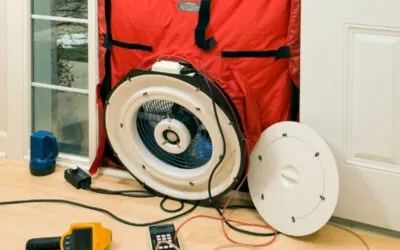As energy costs continue to rise, finding ways to reduce consumption is not only financially prudent but also essential for creating a more sustainable future. Explore these 10 practical ways to cut your energy costs while also enhancing the overall efficiency and indoor air quality of your home.
1. Upgrade Insulation
One of the most impactful ways to cut energy costs is by upgrading your home’s insulation. Proper insulation ensures that your home maintains a consistent temperature, reducing the need for excessive heating or cooling. Consider adding insulation to attics, walls, and floors to maximize efficiency.
2. Install Energy-Efficient Windows and Doors
Upgrading to energy-efficient windows and doors can significantly reduce heat transfer and air leakage. Look for products with high energy efficiency ratings to ensure maximum insulation and minimize energy loss.
3. Seal Air Leaks
Identify and seal air leaks in your home to prevent drafts and reduce the workload on your heating and cooling systems. Use weatherstripping, caulking, and insulation to seal gaps around windows, doors, and other potential leak points.
4. Utilize Smart Thermostats
Invest in a smart thermostat that allows you to program temperature settings based on your daily routines. This not only optimizes comfort but also ensures that energy is not wasted when the house is unoccupied.
5. Upgrade to Energy-Efficient Appliances
Replace old appliances with energy-efficient models, particularly those with the ENERGY STAR label. Energy-efficient appliances consume less power, contributing to lower energy bills over time.
6. Harness Natural Ventilation
Maximize natural ventilation by strategically opening windows and doors to allow fresh air in and facilitate cooling during mild weather. This reduces the reliance on air conditioning systems, cutting energy consumption.
7. Regular HVAC Maintenance
Keep your heating, ventilation, and air conditioning (HVAC) system in optimal condition through regular maintenance. Replace air filters, clean ducts, and ensure that the system is functioning efficiently.
8. Conduct a Home Energy Audit
Hire a professional to conduct a comprehensive home energy audit. This assessment identifies areas of improvement, allowing you to prioritize upgrades and improvements that will have the most significant impact on energy efficiency.
9. Upgrade Lighting to LED
Replace traditional incandescent bulbs with energy-efficient LED lighting. LED bulbs use less energy, last longer, and provide excellent illumination, making them a cost-effective choice for homeowners.
10. Implement Sustainable Landscaping
Planting trees strategically around your home can provide natural shade, reducing the need for air conditioning during warmer months. Additionally, well-placed landscaping can act as a windbreak, minimizing heat loss during colder seasons.
By combining energy-saving habits with strategic home improvements and upgrades, you can create a more energy-efficient, comfortable, and healthy living environment. These investments not only cut your energy bills but also contribute to a sustainable and eco-friendly lifestyle. As you embark on this journey, remember that even small changes can have a significant impact on your home’s efficiency and your overall well-being.


